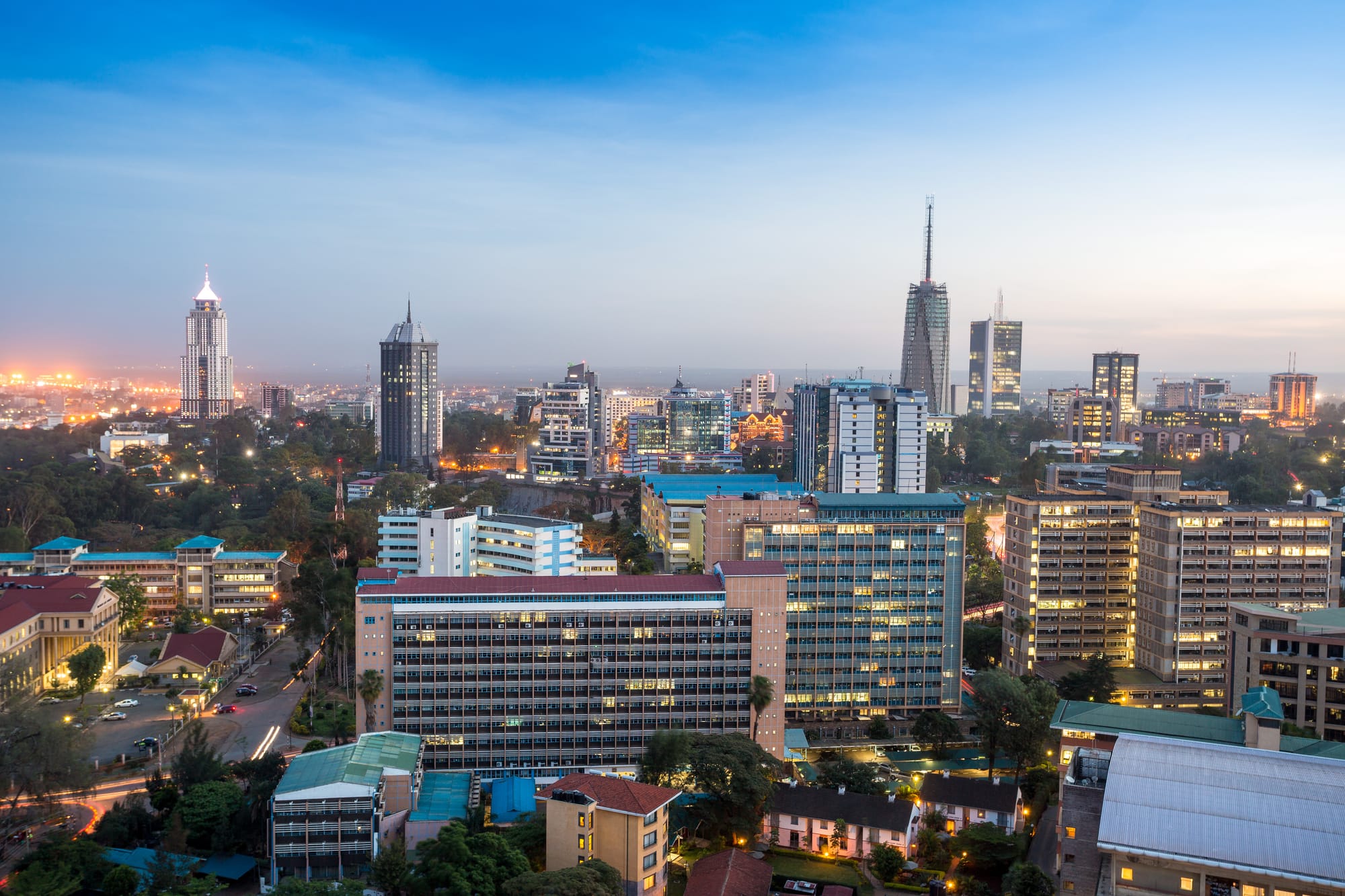The Influence of Government Spending on Kenya's Infrastructure Development

The Influence of Government Spending on Kenya's Infrastructure Development
In evaluating the influence of government spending on infrastructure development in Kenya, it is essential to consider how this spending has been allocated across various sectors and its impact on economic growth and quality of life. This article provides a comparative analysis, examining distinct periods and types of infrastructure investments, and reviewing their outcomes.
Historical Overview
Infrastructure development in Kenya has historically been a central pillar of economic planning. From the post-independence era to the present day, successive Kenyan governments have allocated a significant portion of the national budget to infrastructure projects, including transportation, water supply, sanitation, and energy. These investments not only facilitate economic activities but also are critical in improving social welfare.
Transportation Infrastructure
The transportation sector in Kenya has seen the largest share of infrastructure spending, with major projects such as the Standard Gauge Railway (SGR), the expansion of the Jomo Kenyatta International Airport (JKIA), and the development of new roads and highways. Historical data and comparisons show the following impacts:
- Standard Gauge Railway (SGR): Launched in May 2017, the SGR has significantly reduced travel time between Nairobi and Mombasa, boosting trade and mobility. However, its financial sustainability remains under scrutiny due to high construction and operational costs.
- Expansion of JKIA: This project aimed to enhance Kenya's capacity to handle international air traffic, promoting tourism and business. The upgrades have positively impacted the aviation industry and, by extension, the economy.
- Road Network Expansion: The government has also invested in expanding and improving the road network, which has improved connectivity between regions, reducing costs and travel times significantly.
Energy Sector Investments
Another critical area of infrastructure development in Kenya has been the energy sector. The government's focus has shifted toward renewable sources to increase capacity and reduce environmental impact. Initiatives include:
- Geothermal Power: As a leader in geothermal energy production in Africa, Kenya has invested heavily in this sector, which now contributes a significant fraction of the nation's total power output, promoting sustainable energy development.
- Wind and Solar Energy: The Lake Turkana Wind Power project, the largest of its kind in Africa, and numerous solar power projects across the country, have both aimed to diversify energy sources and provide electricity to remote areas, stimulating local economies and enhancing quality of life.
Water supply and Sanitation
Although perhaps less visible, investments in water supply and sanitation are crucial for public health and economic development. Projects like the Northern Water Collector Tunnel aim to address the critical water shortages in urban areas such as Nairobi, improving living conditions and facilitating further urban development.
Comparison with Other African Nations
When compared with neighboring countries like Tanzania and Uganda, Kenya's approach to infrastructure investment stands out. Kenya has prioritized high-impact projects that leverage technology and innovation, whereas Tanzania and Uganda have had a more gradual approach primarily focusing on basic road and power infrastructure. This strategic difference has arguably positioned Kenya as a more attractive destination for foreign investment in East Africa.
Economic Impacts
The massive expenditure on infrastructure has catalyzed Kenya's economic status significantly, drawing a direct correlation between these investments and economic growth. According to the World Bank, infrastructure development in Kenya has contributed to improving the gross domestic product (GDP) and spurred various sectors like tourism, manufacturing, and services by improving efficiency and reducing operation costs.
Challenges and Future Directions
Despite the positive outcomes, there have been challenges such as project delays, funding deficits, and issues of corruption, all of which threaten the efficiency of invested capital and overall project success. Forward-thinking strategies are essential for overcoming these challenges, potentially including increased transparency in project bidding and funding, better project management, and stronger legal frameworks to combat corruption.
Conclusion
Government spending on infrastructure in Kenya has undeniably had a transformative impact on the nation's economic landscape and its citizens' quality of life. The strategic focus on sectors like transportation and energy has not only enhanced Kenya's position in East Africa but has also set benchmarks for sustainable and impactful investment. Continued diligence in planning and execution of these projects will be crucial in maintaining this trajectory towards sustainable development.